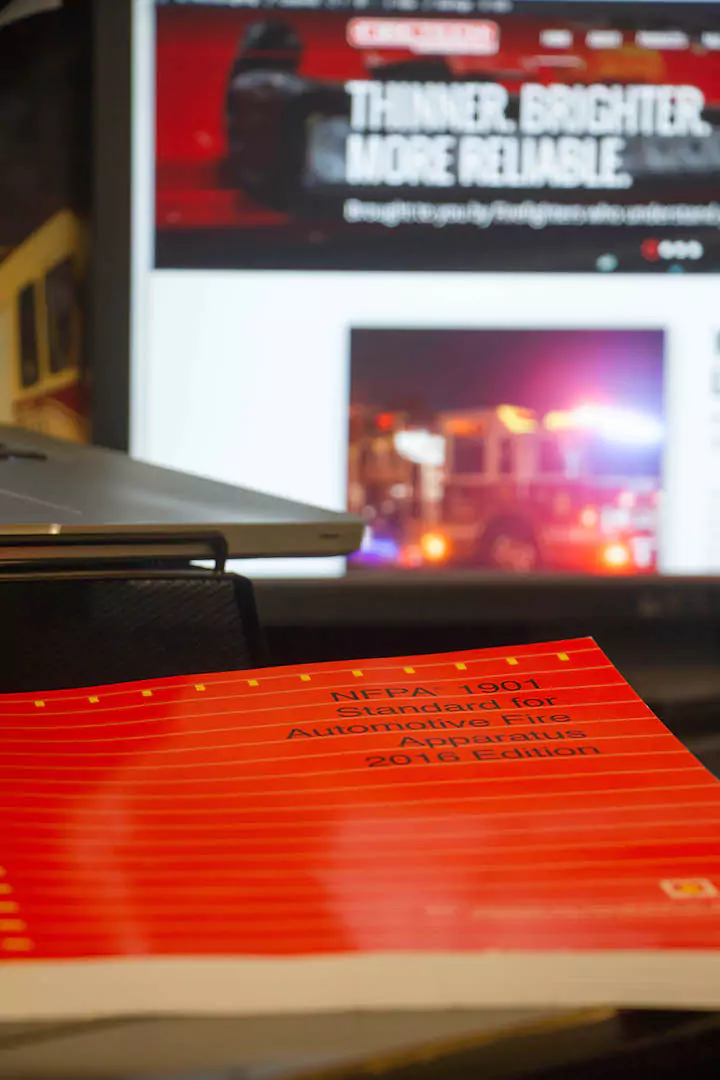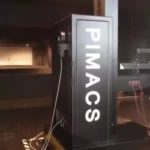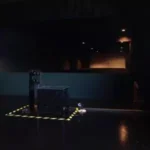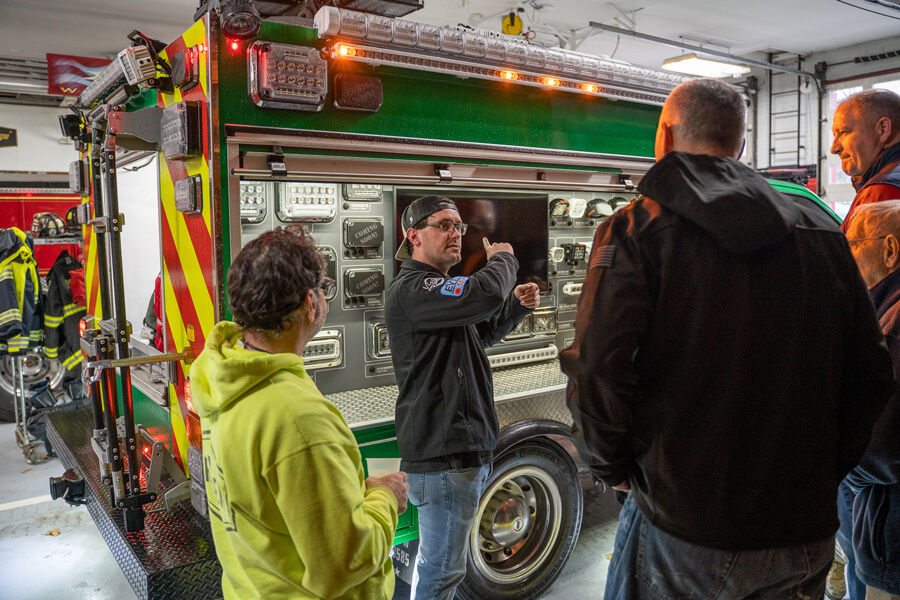The 2016 NFPA 1901 Standard has some changes to language that could save you a lot of money on your Ariel device’s Scene lighting package!
In 2009 1901, if you were going to use a flood light on the tip of your Ariel device to light the waterway, (1901.19.18.6) it was required to produce “not less than 10,500 lumens.” For a traditional 500-1500w+ quartz fixture, achieving that output was no massive triumph, or shock to the wallet. However, with many departments opting for LED scene lighting, the cost of an LED fixture that produced 10,500 lumens could often climb as high as $1,200.
In 2016, the requirements for fixture output change. First things first, NFPA moved to define how Lumens are to be measured. This was a huge problem in the past. Historically, each lighting manufacturer used their own measurement scale to come up with a “lumens” output number. When a sample of 4 manufacturer’s 15,000 lumens LED fire market fixtures were tested by a 3rd party photometric lab, the data showed that the actual measured output varied by as much as 300%. This wasn’t necessarily malicious on the part of the manufactures, rather, because there was no standard, it left many important variables up to interpretation. Remember when the EPA regulated how Fuel Mileage was to be estimated by Auto Manufacturers? Same story, different application.
Once the process for measuring was defined, the number was actually reduced from 10,500 “ambiguous” lumens to 4,000 “measured” lumens. For more info on measuring light output, check out this blog post from Dec 2015.
Here’s the nuts and bolts of how these changes work:
19.18.6.2 says “Measurement for a floodlight shall be made with a goniophotometer or other instrument that measures the actual light output from the fixture in relation to positions around the fixture”
^ This language specifically requires a tool and a test to be preformed to measure the fixture output. In the past, no test was required and often light output was based on a calculation.
In order to accurately measure “Total Luminous Flux,” or as most refer to it as “Effective Lumens,” the light fixture is placed on a moving piece of equipment and shined down a long tunnel at an extremely sensitive light sensor (it looks like a big overhead projector screen). The sensor and equipment are hooked to a computer which interprets the data. We personify this data as the light’s “DNA”, or in computer speak, it is rendered down in to a file called an “IES file.”
From that file, a report can be generated that shows total luminous flux (how much light and the new pertinent NFPA required terminology), color temperature (how red, yellow or blue or purple the light is), the luminous efficacy (essentially how many measurable lumens per watt created), and the optic beam pattern.
19.18.6.1 says “Light output of the complete fixture, including the light source, shall be measured with the light source and fixture at a steady-state temperature”
^ This means that the light has to be turned on and allowed to get hot before it is measured. The reason behind this is that LEDs become much less efficient when they get hot, and managing that heat is one of the principle differences in how different manufacturers build their lighting products. Seldom do lights in the real world get turned on and right back off again, so this section requires that the test be preformed after the light is heated all the way up.
19.18.6.3. Optical Test Data shall be certified by the device manufacturer and the data shall be available from the device manufacturer upon request.
^ This is what changes the game. Because device manufactures are required to make their test reports available, it will hold manufacturers accountable and allow for fair competition in the market. Competition by manufacturers is a good thing for the consumer and ultimately saves them money. As a consumer or manufacture, you should request copies of ALL lighting Photometric reports to ensure your truck is compliant, and that you are getting what you paid for.
Remember that $1,200 fixture that was required using the old language? An example of a fixture that meets the new total Luminous Flux of 4,000lm is the $350 HiViz LED’s FIRETECH FT-WLX9, which in practice can offer a fire department up to $850 of savings and comparable or better light output.
###
About the Author:
SAM MASSA is the President and Chief Technologist for HiViz LED Lighting, a manufacturer of specialty scene lighting equipment with a primary focus on the Fire and Emergency Services market. Sam is a North Carolina Firefighter / EMT and community contributor / active participant who provided valuable public commentation from the Scene Lighting industry to the NFPA 1901 revision’s technical committee. Sam has 11 years of entrepreneurial experience running small business and advising industries on technical topics ranging from Fuel Systems to LED Scene Lighting.
HiViz LED Lighting is located in Lillington, NC and is a member in good standing with the Fire Apparatus Manufacturer’s Association. For more information about how FireTech Brow Light, Scene Light, Work Lights, and Compartment Lighting solutions can be implemented in your fire department and on your fleet, contact HiViz LED lighting here.




